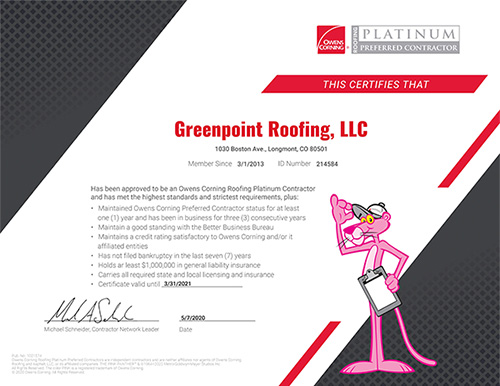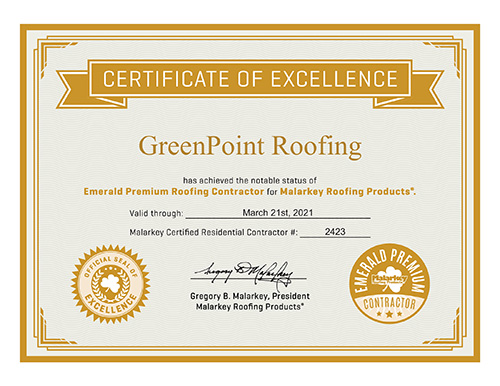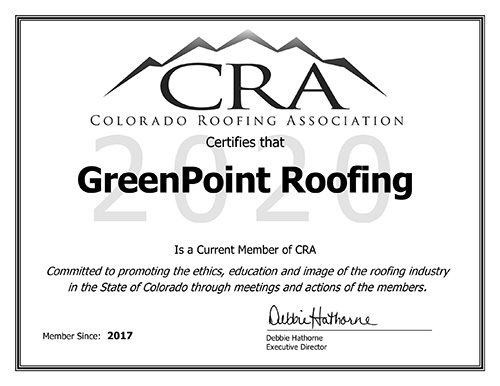Does Your Home Need Roof Ventilation?

Roof ventilation can prolong roof lifespan and guarantee comfort without hefty energy bills.
Ventilation is the free flow of air in and out of a system. When applied on the roof, ventilation helps to cool the home so that in the summer, your HVAC system doesn’t work harder than it should.
Any professional Longmont roofer will tell you that roofing condensation issues and the unholy threesome of ice dams, mold, and moisture stem from poor roof ventilation. If you are wondering whether you need roof ventilation, keep reading.
Roof Ventilation and How It Works
Roof ventilation in the attic works by letting airflow through the attic, in a process that prevents that space from getting overheated and creating condensation. Ventilation on the roof is attainable via two pathways:
Mechanical ventilation: These are attic fans that use power to cool the roof and deliver the advantages of ventilation.
Natural ventilation: Roofing connoisseurs concur that natural ventilation is the best. This works by letting air in and out of the roof via ridge vents – no cooling equipment used and no power consumed.
When hot air rises, it creates higher pressure in the attic. When it escapes via the ridge vents, this is the exhaust. The incoming cooler air, the intake, enters and sinks to the base of the attic. This natural in and out of air creates a cool and well-aerated attic where there is no room for condensation.
Why Roof Vents Could Be Your Best Decision This Year
Preventing ice damage
One of the reasons for the invention of roof ventilation is the menacing ice damming. Icicles at the edges of your roof cause extensive damage that may hasten the degradation of your roofing material.
Ice damming forms when heat in the attic combines with heat from the sun causing the snow or ice on your roof to melt and flow to the edges where it refreezes. This build-up of water and ice at the roof edges can get under your roofing materials and trigger damage that spreads to the entire roof. With roofing ventilation, heat escapes from the attic before it causes the snow and ice to melt.
Lowering energy costs
You need ventilation in your home to live through the sweltering temperatures of the summer. Your AC may use up more power to deliver a level of cooling that is comfortable for you. Roof ventilation complements the air conditioner’s work by letting in cold air and releasing hot air. The AC runs less so that your power bill doesn’t become a nightmare.
Preventing moisture damage
You may need roof ventilation even if you live in a colder climate. During the winter, hot air in the home rises to the attic, and there, if it’s not released, it causes condensation.
Prolonged periods of wetness in the attic and on roofing materials is bad news and can lead to mold, mildew, and rotting. Attic ventilation prevents this from happening by letting the hot air escape. A professional roofer would know how to install this so it doesn’t sabotage your home’s heating function.
If roof longevity, lower energy bills, and comfortable temperatures are important to you, your home needs adequate roof ventilation. To learn more, talk to an expert Boulder roofing contractor.















